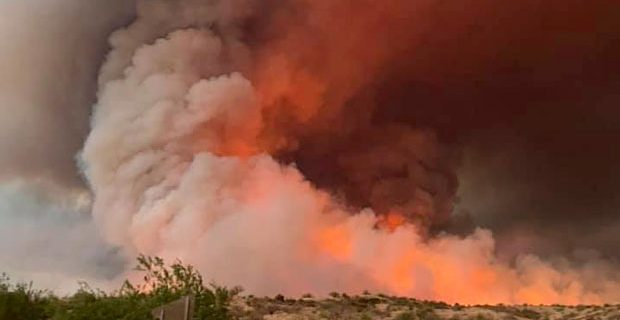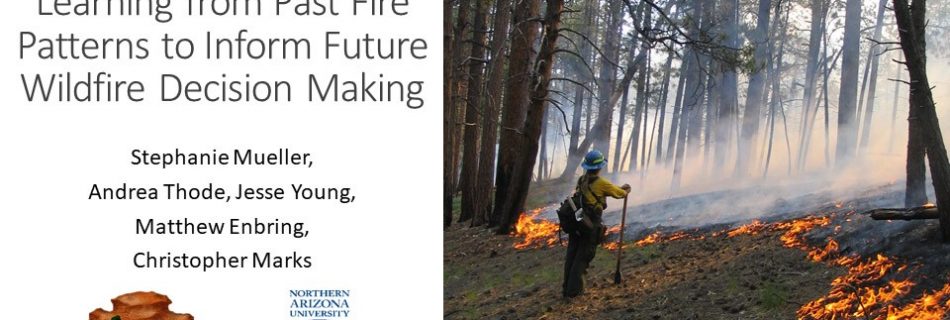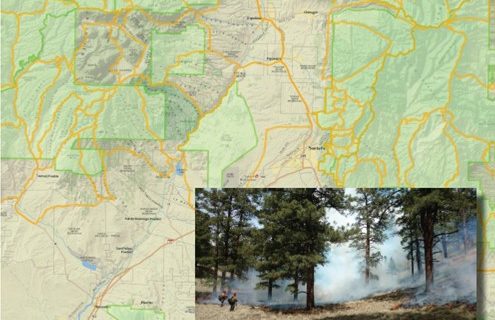Nighttime Fire
Presenter: Patrick H Freeborn, PhD, Research Physical Scientist with the USDA Rocky Mountain Research Station Date: December 6, 2022 at 12 MDT Wildfire activity typically subsides sufficiently enough at night to provide firefighters with opportunities to rest and recover. However, nighttime fire operations are not uncommon. Whilst favorable conditions may enable better fire management progress, …










